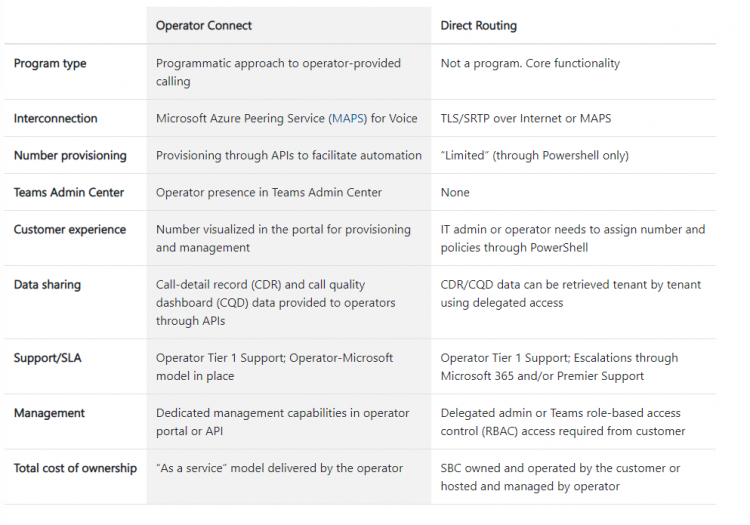Rogers has become the first carrier to offer Microsoft Teams Phone Mobile, a new communication service that lets users place and manage mobile phone calls through Microsoft Teams.
When the feature was first announced in March 2022 as Microsoft Operator Connect Mobile, Rogers, along with other telcos like Swisscom, BT, and Verizon, immediately jumped on board. The service has since been renamed Microsoft Teams Phone Mobile.
As a Fixed Mobile Convergence (FMC) service, Microsoft Teams Phone Mobile unifies fixed and mobile services into a single access point (In this case, it’s Microsoft Teams). Through it, users can make and receive calls with a single number on any device running Microsoft Teams. it also allows them to switch between a desk phone or PC (fixed) and a smartphone (mobile) without a break in communication.
Microsoft highlighted this benefit extensively on the Operator Connect Mobile product page. Additionally, the service allows users to transition a voice call into a video call for collaboration and transfer calls within an organization. Being a part of Teams, it also includes other features like call recording and transcription. Moreover, organizations can save some cash by trimming redundant landline services.
“Businesses used to have to buy all of these products bespoke,” said Tom Turner, president of Rogers Business. “What we’ve brought is a single architecture and infrastructure that integrates it all together.”
The goal is to consolidate communication information scattered across different devices. To achieve this, Microsoft Teams Phone Mobile also syncs call history and voice mail, regardless of their origins.
“There’s a study done by IDC that said 70 per cent of businesses are currently underway transforming their processes, their tools and systems to facilitate the hybrid work model,” said Turner. “This product is really designed to enable that because you bring together all of your connectivity elements, your contact list, your collaboration suites, all your productivity capabilities, and it’s integrated into a seamless mobility network.”
Administrators also get simplified management as well. Through the control dashboard, they can quickly assign numbers for new members or revoke access to existing accounts. Additionally, it makes policy and privacy management a little easier.
“When we talk about call controller call pathing, everything stays on the Rogers network,” said Jeremy Bourassa, product manager of Microsoft Teams Operator Connect at Rogers Communications. “But if we need to consult Microsoft about, say a caller ID, or an audit policy or recording policy, we can integrate based on the operator’s capabilities…but it’s you as the team’s administrator that gets to make all those decisions, not the provider.”
While the service is intended for all businesses, it will be best suited for larger organizations with more than 100 employees at launch. When asked why, Turner said it’s because Microsoft and Rogers want to get it right.
“For larger accounts, we bring in specialist integrators who come in and help set up the entire application,” said Turner. “But we’re working with the product development management team at Microsoft to take the complexity of that out of the product so that we can move it down market.”
 A quick comparison of Operator Connect vs traditional direct routing, Source: Microsoft
A quick comparison of Operator Connect vs traditional direct routing, Source: Microsoft
At a glance, Microsoft Teams Phone Mobile appears to clash with Rogers Unison, a cloud phone service built by Rogers using Cisco technology, but Turner noted that they’re intended for different use cases.
“If you’re running a Microsoft platform, it’s [Microsoft Teams Phone Mobile] the better solution,” Turner explained. “But if you’re not, then we still have the standalone, integrated, full mobile and voice solution for customers.
Where Unison provides a nice application if you’re just looking for unified comms, this brings more of that collaboration suite into play. So it’s actually an enhancement of the unified communications services from Rogers. The difference right now is Unison works downmarket, where this at the initial launch is focused on the enterprise and large business 100 seats and above.”
Source by www.itworldcanada.com






























